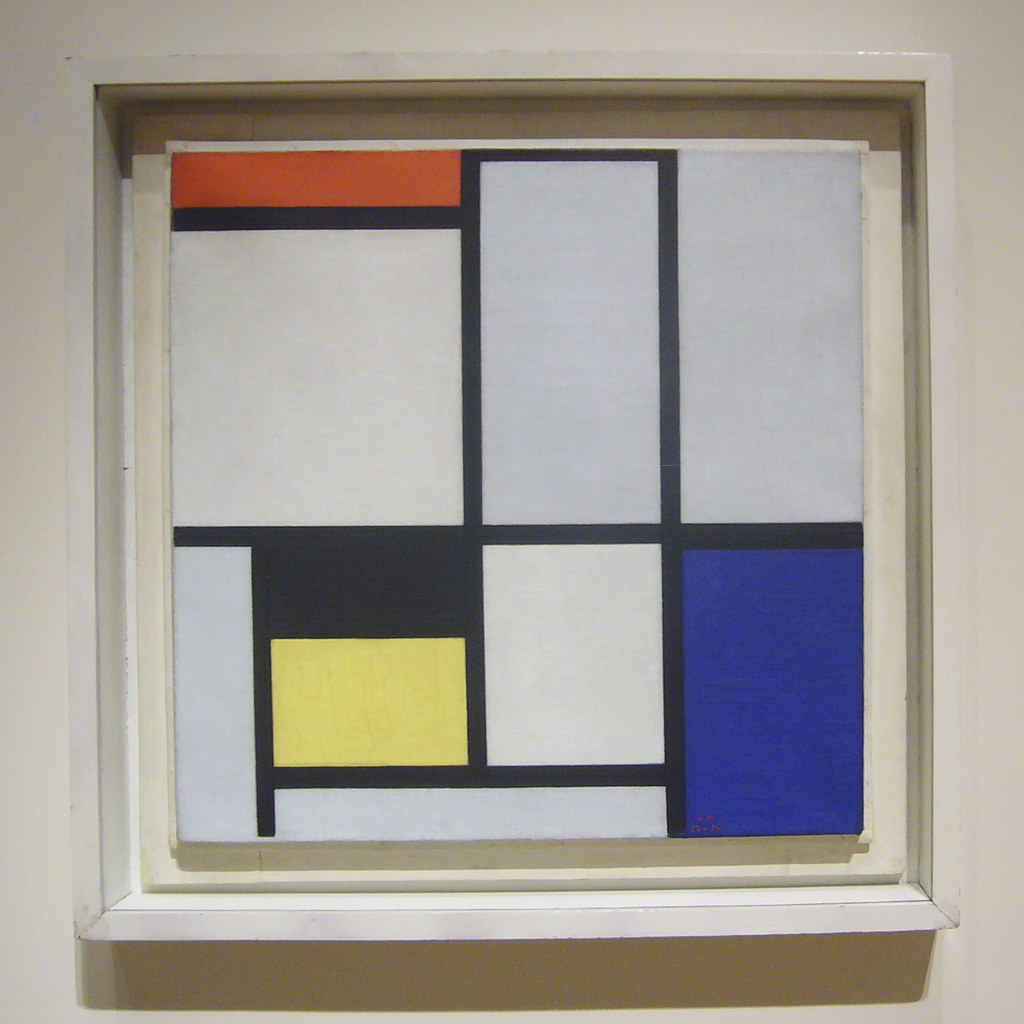
Formalism Art
What is Formalism Art?
In art history, Formalism is the study of art by examining and equating its form and style. Formalism art defines a fundamental and critical claim that came into being as a response to Impressionism and Post-Impressionism and put great importance on visual aspects of work. In other words, Formalism stresses how the image is being composed and its compositional elements like line, colour, shape, texture, and other perceptual aspects rather than the aim or vision behind the painting.
It disregarded an artworks content, meaning or historical and/or social context, and at its extreme, formalism in art history indicated that everything necessary to grasp a work of art lies within the particular work of art only. The context of the work, why it was created, and the social or historical connotation it is made under or comments on, the life of the artist is all secondary. Its conceptual aspect is taken to be external to the artistic medium.

Elements of Formalism:
Formalism claims that the whole aesthetic experience of the artwork is not determined by the artist’s intent of making it or the historical and social context of the work. This does not mean that the whole motivational aspect can be alienated from the artwork, but that these purely visual elements give a starting edge to the understanding of the artwork. Formalism is a mode of art criticism and theory according to which every piece of art has an inbred aesthetic value. These values are brought about by the artist's ability to balance and set the elements of the artwork in order. Colours, lines, shapes, space, tones and textures are the basic elements of an artwork.
Rather than the narrative content or the relationship it has to the wider world, Formalism describes that the most important aspect of a work of art is its form, that is the way it is made and it is pure visual basis. Formalism thus focused heavily on the quality of colour, the brushwork, the strokes and lines, the form of the image and the composition.
Decline of Formalism Art:
![Parlour [Aljube Prison, Lisbon] (1947) - Julio Pomar (1926… | Flickr](https://live.staticflickr.com/4848/32040751767_a3bae6e8b7_b.jpg)
No matter if an artwork is a pure abstraction or a representational piece of work, formalists will always look and judge it by the same basic elements and will place the value of a painting based on those very parameters. They will judge the artists' ability to achieve a cohesive balance within the composition. The painting may be deemed as deficient in value only because the artist has failed to create a visually appealing composition that has a visual balance of formal painterly elements.
The colour, lines, composition and texture make up the fundamental language that formalist art critics judge, examine and analyze a work of art. Formalism dominated the development of modern art till the 1960’s when it suddenly reached its peak. It was at the same time formalism art was challenged and faced criticism mainly by American critic Clement Greenberg in his writings on colour field painting and post-painterly abstraction. It was at this time when formalism began to be heavily challenged by postmodernism.
